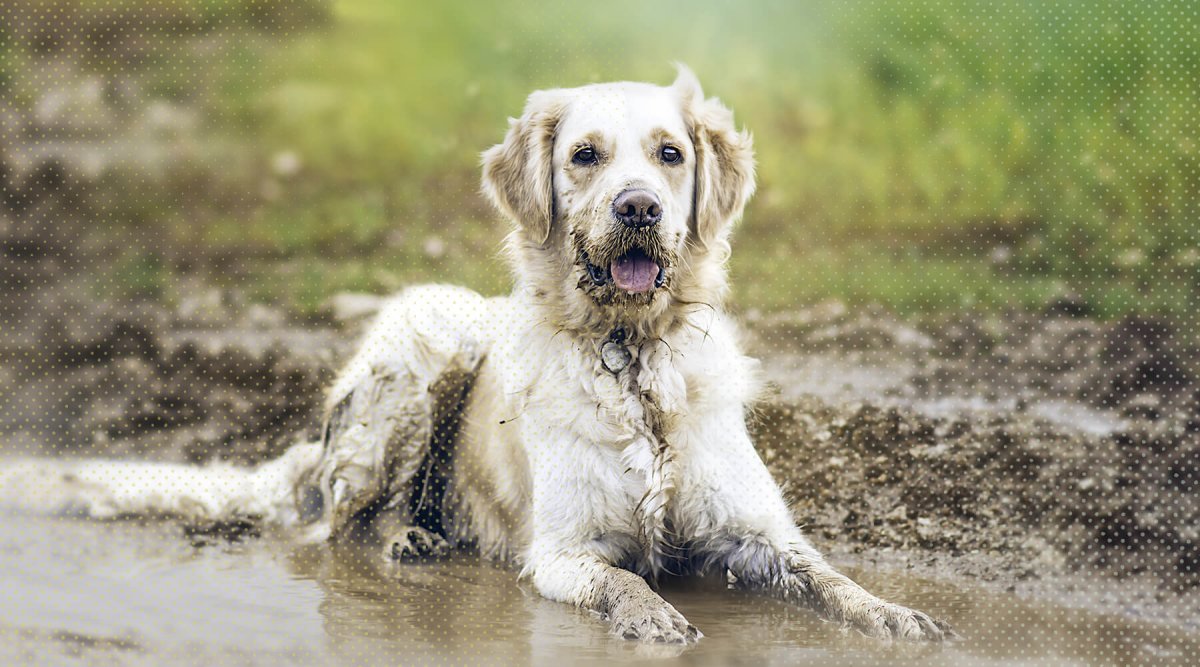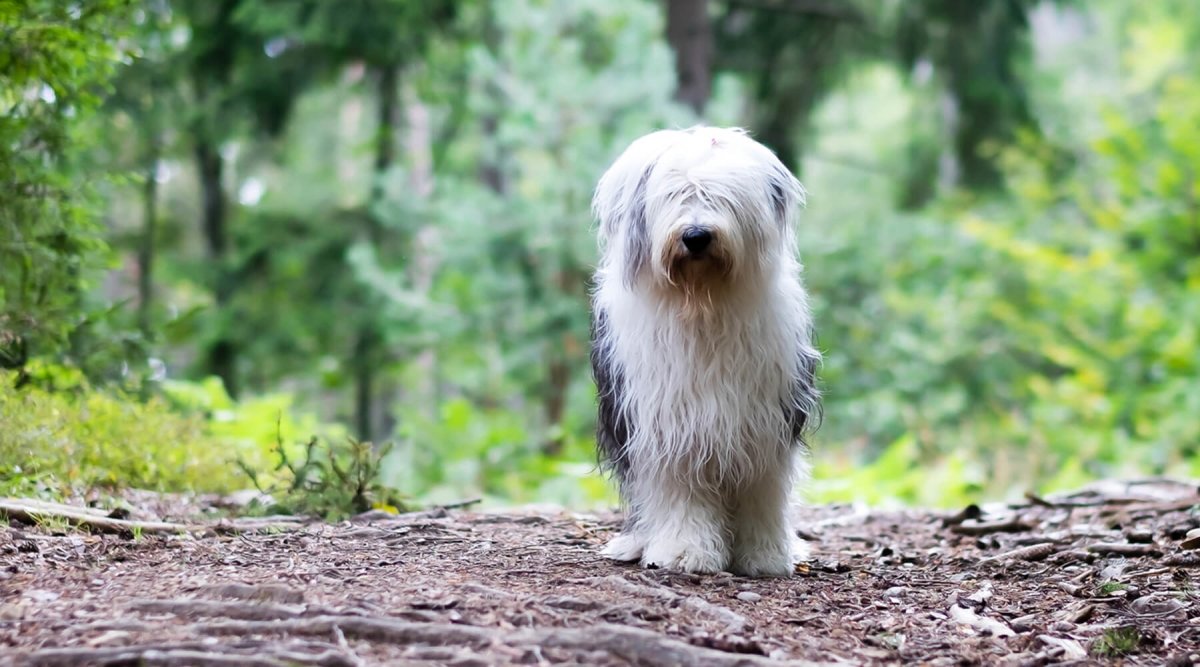If your dog starts to go lame, this can have very different causes. Whatever the cause, the symptoms are usually painful for your four-legged friend. As a pet owner, you want nothing more than to be able to help your pet. In today's interview, our vet Philipp Schledorn tells you how to differentiate between the individual diseases and how best to prevent them.
AniForte®: What could my dog be suffering from if I suddenly notice a bouncing gait?
Vet: A bouncing gait often indicates a patella luxation. This is when the dog's kneecap (patella) jumps out of its guiding groove. Depending on whether it can be returned to its natural position by a vet, a distinction is made between grades 1 - 4. The dog tries to protect its hind limb because of the pain and this is how the bouncing gait occurs.
AniForte®: Does patella luxation occur in all breeds?
Veterinarian: Patella luxation is particularly common in small dogs such as Chihuahuas, Spitz, Poodles and Yorkshire Terriers. Then the most important question is the severity of the luxation. Of course, the chances of recovery also depend on this.
AniForte®: As a dog owner, what can I do for my four-legged friend with a patella luxation?
Veterinarian: That depends on the severity of the luxation. If a mild degree of 1-2 is found, then the vet will advise conservative treatment; only in severe cases, i.e. degree 3-4, will the dog require surgery. An attempt is then made to deepen the guiding groove of the kneecap so that it can no longer pop out in future. The attachment of the patellar ligament is also moved. The chances of recovery after this operation are very good for small dogs up to severity grade 3, for larger breeds and severity grade 4 the chances of recovery are also good if the operation is successful.
AniForte®: Which other diseases lead to paralysis in dogs?
Veterinarian: Hip joint dysplasia, i.e. malformation of the hip joints, is still a major problem. The socket and the head of the femur do not fit together correctly and therefore cause the animal pain with every movement.
 AniForte®: What are the causes of hip joint dysplasia in dogs?
AniForte®: What are the causes of hip joint dysplasia in dogs?
Veterinarian: On the one hand, these problems are hereditary, on the other hand, the deformity is due to poor nutrition. Young dogs that are fed food that makes them grow very quickly often develop hip joint dysplasia. This is because the rapid weight gain puts constant strain on the joints, causing them to wear out unnaturally. This also leads to joint arthrosis, which is painful for the dog.
AniForte®: What can I look out for when buying food to prevent this rapid weight gain?
Vet: The food should not contain excessive amounts of calcium. Many dog owners think they are doing something good for their pet during the growth phase, but in the end they are harming their own pet without realizing it.
AniForte®: How can hip joint dysplasia be diagnosed?
Veterinarian:In practice, we can confirm this diagnosis by x-raying the dog and examining its lameness. As all breeds and sizes can be equally affected by this condition, it would of course be nice to detect the disease at an early stage. Unfortunately, in contrast to the human skeleton, the dog puppy's skeleton is very bony and does not allow early diagnosis at baby age. Hip dysplasia can only be clearly diagnosed in a young dog if it does not want to jump properly or shows lameness of the hind limbs, for example by having difficulty standing up.
AniForte®: Are there any prospects of a cure for canine hip dysplasia?
Veterinarian: Unfortunately, the only way to relieve the animal of unnecessary agony is a difficult operation. That is why it is best to consult a specialist. If the operation is successful, the dog's quality of life can be restored.
AniForte®: Can such a deformity also affect the dog's front limbs?
Veterinarian: Yes, there is also elbow dysplasia, which unfortunately has similar hereditary as well as nutritional causes to hip dysplasia. It leads to maldevelopment of various bony structures that are involved in the formation of the elbow joint. These are usually the ulna, radius and humerus.
AniForte®: Does only surgery help with elbow dysplasia?
Vet: It is important that the dog can be treated quickly with surgery. In this case, we also determine this through an X-ray diagnosis. That's why the dog owner should take the animal to the vet as soon as lameness occurs. After an operation, feed supplements to support the musculoskeletal system or physiotherapy can accompany the healing process.
AniForte®: Can the lameness also be caused by a cruciate ligament rupture as we know it from humans?
Vet: Of course, dogs can also tear their anterior cruciate ligament and accordingly no longer want to put weight on these limbs. Depending on whether the cruciate ligament is completely torn or only torn, lameness of the hind limb often occurs.
AniForte®: Does cruciate ligament rupture affect all dog breeds equally?
Vet: No, in this case particularly large and heavy breeds are affected, such as the Newfoundland, the German Shepherd, the Stafford Terrier and the Doberman. But smaller breeds such as the Jack Russell Terrier can also be affected.
AniForte®: How dangerous is a torn cruciate ligament for dogs?
Vet: A cruciate ligament cannot heal without surgery. If left untreated, there is also an increased risk that the other cruciate ligament will also tear. Therefore, the sooner the patient can be treated surgically, the better. During the operation, we then replace the cruciate ligament using modern techniques and the dog can walk normally again afterwards.
AniForte®: Are there any other possible causes for a dog to become paralyzed?
Vet: Yes, the spine can also be the cause of all evil: in so-called spondylosis, ossifications occur in the spine. This is often related to the age of the dog.
AniForte®: How can I recognize spondylosis as a dog owner?
Vet: The dog finds it difficult to stand up and generally shows reduced (play) activity. He also has back pain.
AniForte®: What is the treatment process in the case of spondylosis?
Veterinarian: This form of lameness cannot be treated surgically. Veterinary medicine therefore uses pain-relieving therapies and physiotherapy to minimize the suffering of old dogs with spondylosis.
AniForte®: Are there also herniated discs in dogs that can lead to signs of paralysis?
Vet: Absolutely, this process, which leads to narrowing of the spinal cord, is particularly dangerous. Dogs are often no longer able to walk after a severe slipped disc. Affected regions are, for example, the cervical spine, the chest or the lumbar spine.
AniForte®: How do I recognize a herniated disc in my dog?
Veterinarian: Lumbago can be a harbinger of discopathy (= slipped disc). The dog then shows temporary paralysis, even of a minor degree, in one or more limbs. It is important to listen to these signs, as a herniated disc must also be detected early so that it can be treated surgically. The earlier this is done, the more certain it is that the animal patient will make a full recovery.
AniForte®: Which dog breeds are particularly at risk of suffering a herniated disc?
Veterinarian: These are, for example, the Dachshund, the French Bulldog, the Beagle and the Poodle. But slightly larger breeds such as the basset hound, German shepherd, Pekingese and cocker spaniel can also suffer from a herniated disc. If you notice symptoms in your pet, you should always consult a vet immediately.
AniForte®: As a dog owner, what can I do as a preventative measure to keep my four-legged friend's musculoskeletal system fit?
Vet: A balanced, natural diet and selected nutritional supplements can support the musculoskeletal system of both older and young animals. Green-lipped mussel capsules or powder in particular can help with joint problems. Nevertheless, you should seek detailed advice on what is right for your pet. Otherwise, unfortunately, the only prevention is a regular visit to the vet or veterinary practitioner and your own vigilance when symptoms occur.
AniForte®: Thank you very much for the interview.
Vet: Thank you for the invitation and get well soon for your animal patients!



